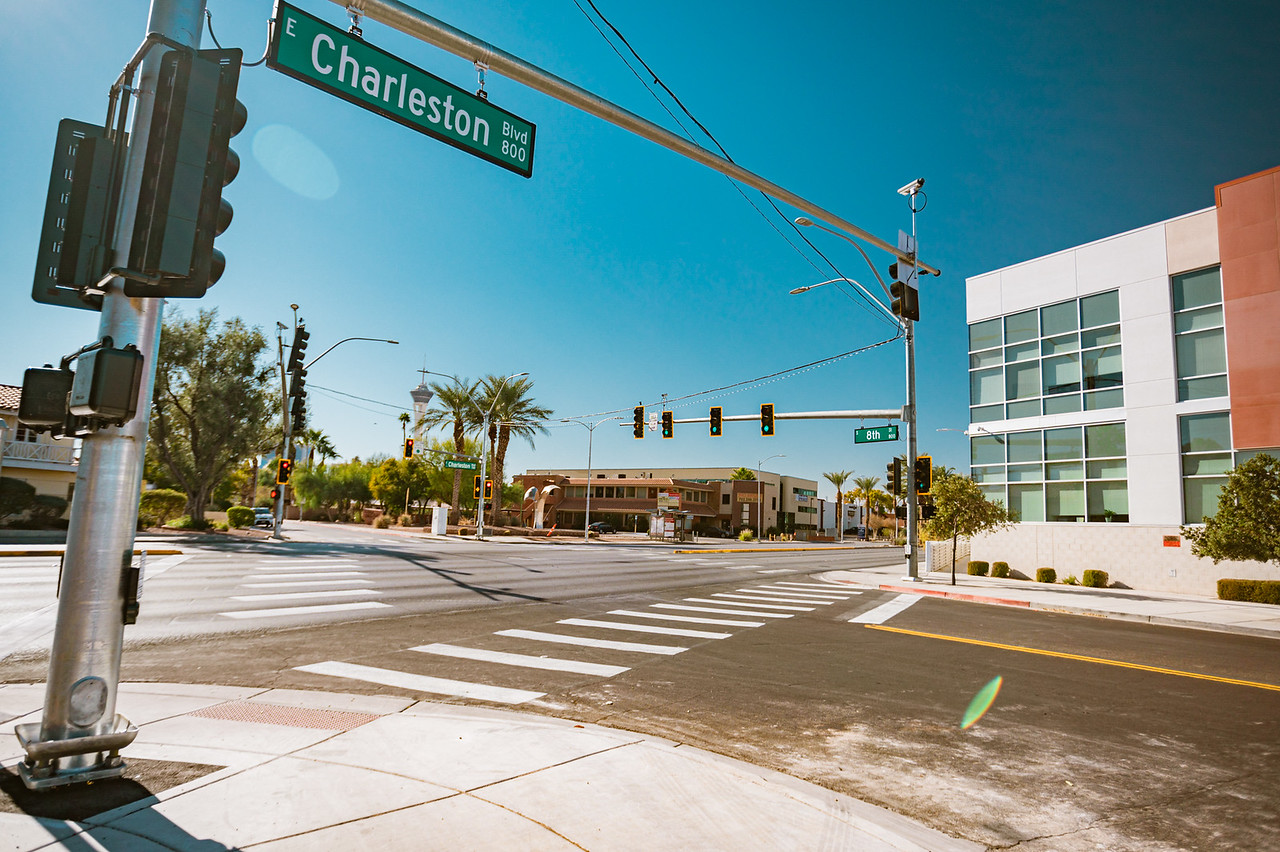(702) 676-1899 charlestonblvd@rtcsnv.com
A Faster, Safer, Improved Charleston Boulevard Is On The Horizon
Purpose, Need, Goals & Objectives

Purpose
The Charleston Alternatives Analysis aims to provide safe, efficient, and reliable transportation options along Charleston Boulevard. This initiative will improve connections across the Las Vegas Valley, making transportation faster and more accessible while enhancing safety and quality of life for everyone who uses this vital corridor.

Need
This project addresses several key challenges:
- Provide better transit: Charleston Boulevard currently has slow bus service, making transit trips much longer than driving. Faster, more reliable transit will attract new riders and better serve existing ones.
- Provide safer access for all: Charleston Boulevard is part of Las Vegas’ High Injury Network, with many accidents involving people walking and biking. Safer crossings, better lighting, and improved sidewalks will reduce injuries and save lives.
- Advance quality of life and opportunity for everyone: Make life better and more manageable for all who live in the corridor by expanding access to opportunities, connecting people to jobs, schools and essential community destinations, providing options for people who don’t have access to a car, and reducing the amount households have to pay on transportation costs, putting more money back in people’s pocket so they can meet essential needs and plan for the future.
- Stimulate economic growth and Transit-Oriented Development (TOD): By encouraging TOD, the project will stimulate economic growth, create new and more affordable housing, and revitalize underused spaces.
- Adapt to extreme heat and reduce emissions: High-capacity transit can reduce greenhouse gas emissions and offer shaded, comfortable stations to encourage transit use, especially in Southern Nevada’s extreme heat.
Goals & Objectives
Let’s Go Charleston has six primary goals:
- Improve transit service: Faster travel times, more frequent service, and better connections to key destinations.
- Improve safety and security: Reduce crashes, improve crossings, and make it safer to walk and bike along the corridor.
- Improve quality of life: Expand access to jobs, services, and daily activities for all residents, especially those in underserved communities.
- Grow the economy: Support local businesses, promote transit-oriented development, and bring investment to the area.
- Improve health and the environment: Increase transit ridership to improve air quality and adapt to extreme heat with better infrastructure.
- Deliver a financially responsible project: Develop a cost-effective project that can be funded.
